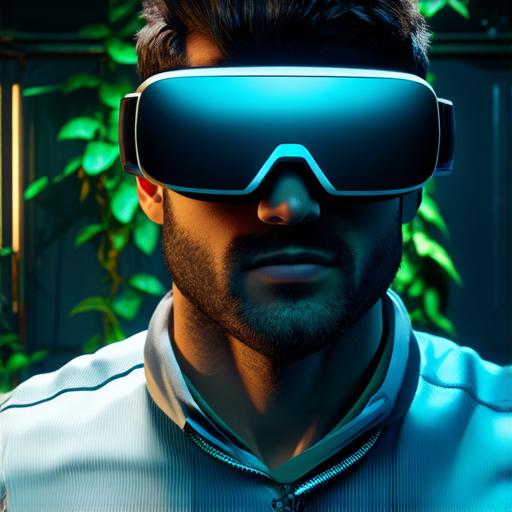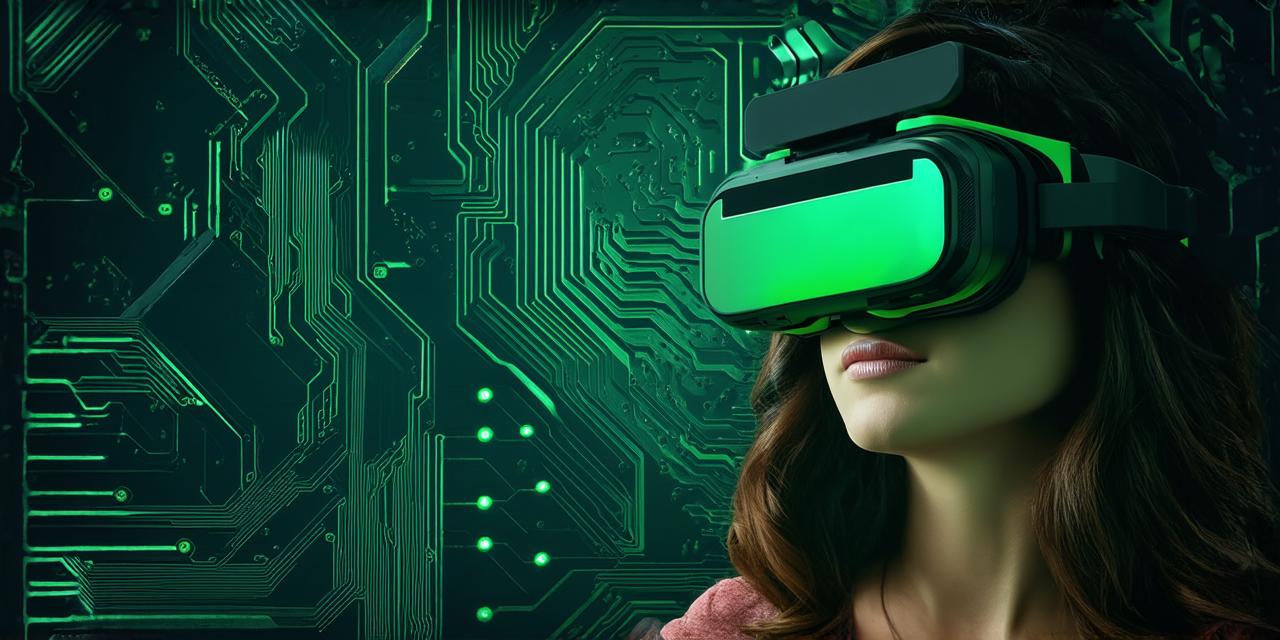Virtual reality (VR) technology has come a long way since its inception, and it is now becoming increasingly popular for various applications such as gaming, education, healthcare, and more.
With the growing demand for VR apps, there is an increasing need for developers to learn about this exciting new field and how to create engaging and immersive experiences for users.
In this expert guide, we will explore everything you need to know about virtual reality app development, from the basics to the most advanced techniques and tools. We will cover topics such as hardware requirements, software development, user experience design, testing and debugging, deployment, and more.
Getting Started with Virtual Reality App Development

Before diving into the technical aspects of VR app development, it’s important to understand what virtual reality is and how it works. Virtual reality technology involves creating a simulated environment that users can interact with and experience as if they were physically present in that environment.
This is achieved through the use of specialized hardware such as headsets, controllers, sensors, and displays. The most popular VR hardware platforms currently include Oculus Rift, HTC Vive, and PlayStation VR. Each platform has its own unique features and capabilities, so it’s important to choose one that best suits your needs and budget.
Once you have chosen your hardware platform, the next step is to choose a software development environment. There are several options available, including Unity, Unreal Engine, and A-Frame. Each of these platforms has its own strengths and weaknesses, so it’s important to choose one that best suits your needs and experience level.
Hardware Requirements for Virtual Reality App Development
As mentioned earlier, virtual reality app development requires specialized hardware such as headsets, controllers, sensors, and displays. The specific requirements will depend on the type of VR app you are developing and the platform you are using.
For example, the Oculus Rift requires a high-performance PC with at least 8GB of RAM, an Intel Core i5 or AMD FX 6300 processor, and NVIDIA GeForce GTX 960 or higher graphics card. On the other hand, the HTC Vive requires a high-performance PC with at least 16GB of RAM, an Intel Core i7 or AMD FX 8350 processor, and NVIDIA GeForce GTX 970 or higher graphics card.
It’s important to note that these are just minimum requirements, and the actual hardware requirements will depend on the complexity of your VR app and the intended user experience.
Software Development for Virtual Reality Apps
Once you have chosen your hardware platform and software development environment, the next step is to start coding your VR app. There are several key components to consider when developing a VR app, including:
-
User interface design: The user interface (UI) of your VR app should be intuitive and easy to use, with clear calls-to-action and minimal clutter. This includes designing the layout of buttons, menus, and other interactive elements in a way that makes sense for the user and allows them to navigate the environment easily.
-
Scene creation: Creating realistic and immersive scenes is a crucial part of VR app development. This includes everything from 3D modeling and texturing to lighting and particle effects. It’s important to create scenes that are visually appealing, interactive, and engaging for the user.
-
User interaction: VR apps should be designed with user interaction in mind, allowing users to interact with the environment and objects in meaningful ways. This includes designing intuitive controls, such as hand and finger tracking, and creating interactive elements that allow the user to manipulate objects or perform actions within the environment.
-
Performance optimization: VR apps can be resource-intensive, so it’s important to optimize your code for performance to avoid lag or motion sickness. This includes minimizing draw calls, reducing the number of polygons and textures, and using efficient algorithms and data structures.
-
Testing and debugging: Thorough testing and debugging are essential for ensuring that your VR app works as intended and provides a smooth user experience. This includes testing on different hardware platforms, identifying and fixing bugs and performance issues, and iterating on the design and functionality of the app to ensure it meets the needs of the end-user.
